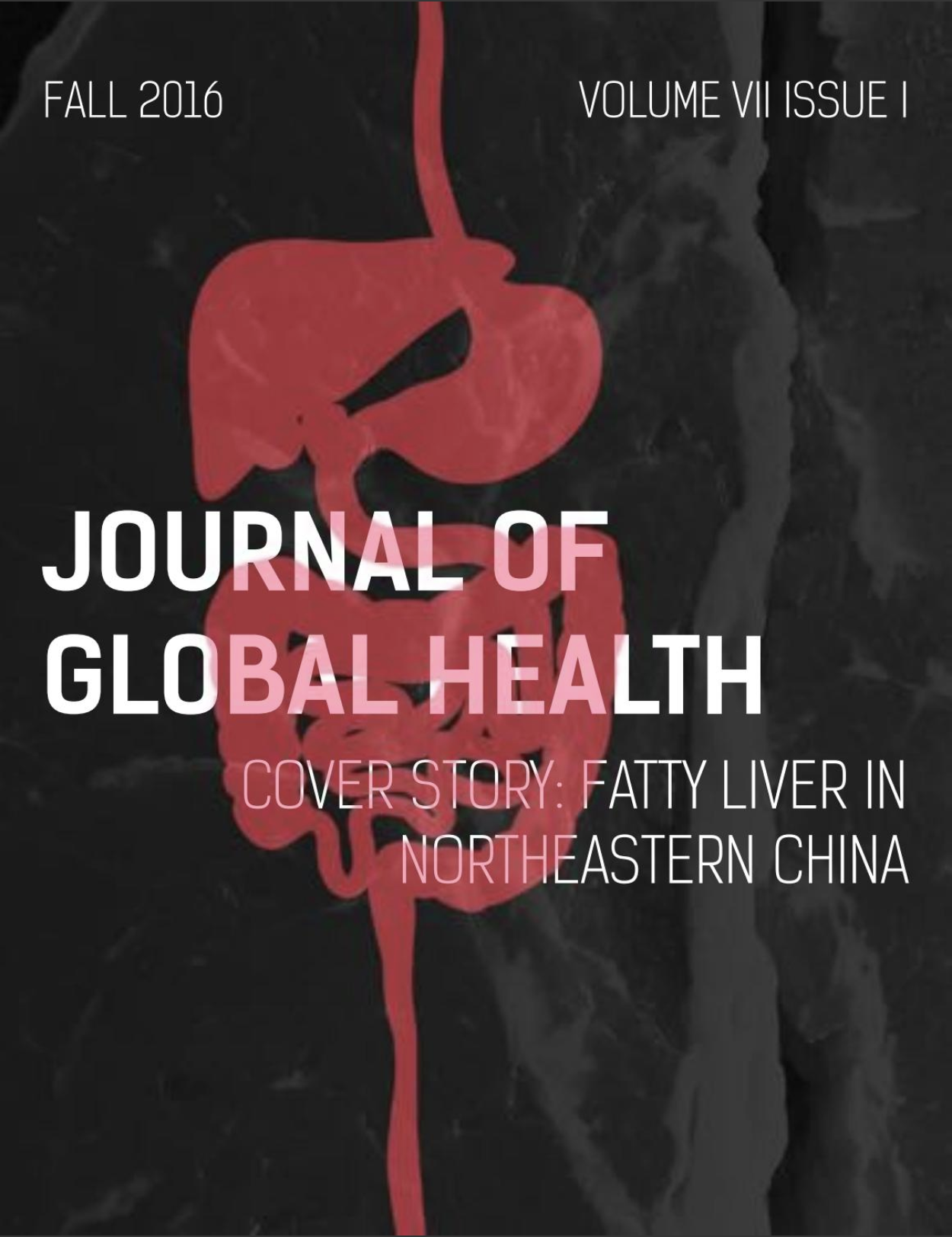Adverse Events after Voluntary Medical Male Circumcision in Swaziland
Main Article Content
Abstract
Background: The Luke Commission (TLC) provides comprehensive mobile healthcare in rural Swaziland, a country with a 26% prevalence of HIV. Voluntary medical male circumcision (VMMC) has been shown to reduce the rate of HIV transmission by 60%. Initial national guidelines have recommended circumcision for infants and HIV-negative men ages 15-24 but have not included recommendations for boys ages 60 days-ten years old. is study evaluated the safety of circumcision in younger boys and those with HIV.
Methods: Forceps-guided circumcision was performed under local block in 1,500 male patients. Incidence of adverse events (AEs)--infection, bleeding and dehiscence - was examined as a function of age, weight, HIV status and season.
Results: The AE rate was 2.1% (31/1500); boys age ≤ 12 had 2.0% (20/1022) compared to 2.3% (11/478 ) in patients age ≥ 13 (p=0.66). Patients ≤ 29kg had 2.4% (16/662) AE compared to 1.8% (15/838) in patients >30kg (p=0.40). HIV-positive patients had 0% (0/76) AE. 2.9% (10/343) of patients who underwent circumcision during the summer incurred wound dehiscences, compared to 1.6% (10/640) in the fall and 0% (0/517) in the winter [p=0.001].
Conclusions: The novel use of double povidone-iodine prep with close follow-up produced adverse event rates comparable to those reported in the literature, even in rural settings. Circumcising younger patients or HIV-positive males did not result in higher adverse event rates.

